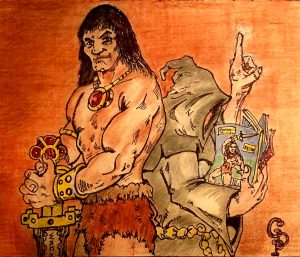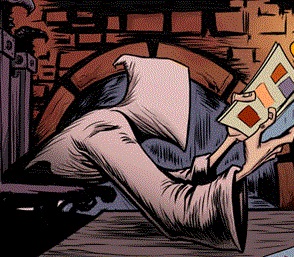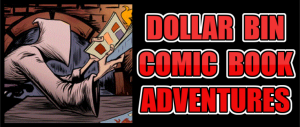(EDITOR’S NOTE: Welcome to Saturday Night Shivers, a feature at Paint Monk’s Library. In the spirit of Elvira, the Ghoul, and other horror movie hosts, we’ll be featuring a review of one classic horror comic each week. All horror stories we review are from books approved by the Comics Code Authority or from comics that were published before the code was enacted. This installment is written by Wally Monk.)
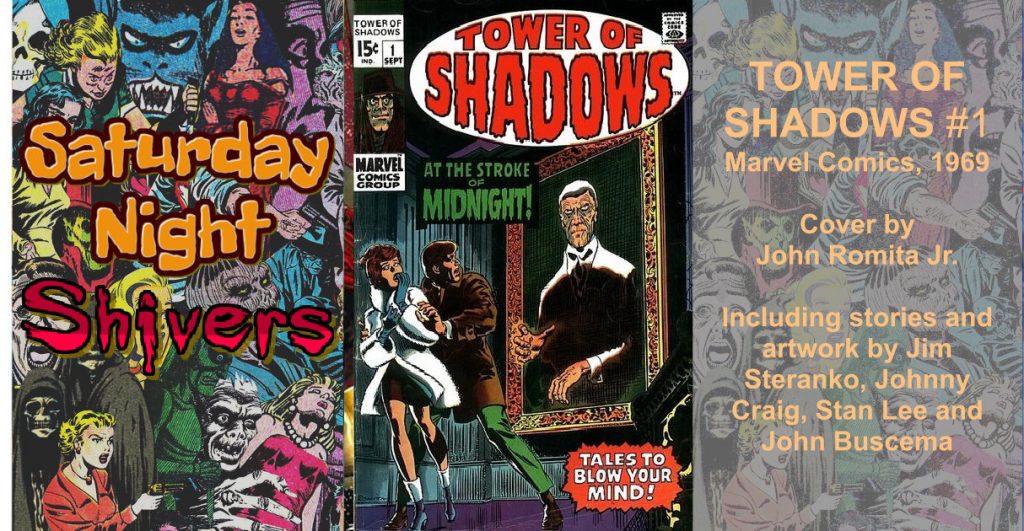
In the mid to late 1960s, DC Comics was experiencing huge success with a handful of horror titles. Their “leading” title in this genre was called House of Mystery, and it began in 1951 as an anthology of scary stories. It would run a whopping 321 issues and undergo several shifts in content until its cancellation in 1983.
At the height of DC’s success in the genre, Marvel wanted to get into the game and created Tower of Shadows, which debuted in 1969, and its sister title, Chamber of Darkness.
The lead story in the series’ premiere issue was “At the Stroke of Midnight!” which featured art by Jim Steranko – it would later win the 1969 Alley Award for best feature story.
After issue #9, Tower of Shadows became Creatures on the Loose, and the first issue under the new title featured the debut of Robert E. Howard’s King Kull in Marvel Comics. It was a story penned by Marvel’s own Bullpen barbarian writer Roy Thomas with art by the famous Bernie Wrightson.
Later issues in the series added more sword-and-sorcery than horror, including stories of Lin Carter’s Thongor the Barbarian. Creatures on the Loose was canceled with issue #37.
Review: Tower of Shadows #1
WARNING! SPOILERS FOLLOW
Story #1 – “At the Stroke of Midnight”
Story and Artwork By Jim Steranko

Look, it’s a narrator! Can anyone say Crypt Keeper? Opening the first page of Tower of Shadows, we see a lanky, pasty-faced skeleton of a man standing in a graveyard with a shovel firmly planted in the ground. Behind him stands a lone headstone. Bats flying from the background complete the scene. The reader can call him “Digger,” he says, in first person narrative – and the frightening figure believes the reader looks like someone who rushed past him just the other night…on their way to Shadow House.
Lou and Marie have just inherited to sinister Shadow House from Lou’s “favorite” uncle. As a child, Lou remembers just how scary the house was…full of dusty old antiques, candles everywhere…and he’s not excited about going inside. To make matters worse, it’s a dark night and they just climbed a massive stone staircase to reach the house on the hill.

Marie doesn’t like her husband – that’s evident from the beginning, with constant nagging like “You fool!” and “I could have married a man!” She gets even angrier when Lou says he hasn’t paid the electric bill, which means they’ll be rooting through the old house by candlelight. There’s treasure beyond imagining here, and Lou’s old occult-dabbling uncle has to have hid it somewhere.
It seems Lou’s uncle also dabbled in time-travel. When the duo finally stumbles across a room full of gold and jewels, their excitement lasts only momentarily – until they realize to whom the jewels belong.
Will Lou and Marie live happily ever after? Or is there something about these jewels and the previous owners they should know? There’s always a “catch” in these horror stories!
Story #2 – “From Beyond the Brink”
Story and artwork by Johnny Craig

Digger’s got another story for us – this time, it’s a tale called “From Beyond the Brink!” which was written and illustrated by Johnny Craig, born John Thomas Alexis Craig. This story was one of a handful Craig completed for Marvel, with the highlights of his career stemming from his days with EC Comics in the 1950s. Online sources claim the artwork was drastically refinished by John Romita Sr.
Hayden Hathaway is debunking phony spiritual mediums – he spends his time visiting self-proclaimed spiritualists and fortune tellers, and has put many of them out of business. A struggling writer named Arthur Watson has been working on a biography of Hathaway, but the missing piece has been the debunker’s motives for exposing these fake fortune tellers and their plans.

All comes clear one day when a spiritualist that Hathaway cannot debunk crosses his path. In a meeting with both Hathaway and Watson, Madame Angelica begins her seance. Hathaway appears impressed, as he sees members of his family from the past and impressive things are revealed, things that Madame Angelica never could have known.
Enraged, Hathaway suddenly starts tearing the room apart, declaring that she has to be a fake and that somehow, he will discover the source of her illusions.

Why is Hathaway so determined to find a real medium? Will Madame Angelica turn out to be a charlatan like all the rest? And what is the “motive” for Hayden Hathaway’s obsession?
Story #3 – “A Time to Die!”
Story Stan Lee / Artwork By John Buscema

Stan Lee’s ability to write really mean-spirited, frightening characters makes me wonder about the legendary mind behind the stories! In Chamber of Chills, he writes about a truly sadistic warden. Here, he’s writing about a twisted alchemist, who is determined to invent a potion that brings him eternal life.
The alchemist has an assistant, Arthur, who we learn is a convicted felon. The alchemist constantly berates the assistant, calling him everything from “witless assistant” to “weak-minded fool” and “toady.” The mad scientist even gloats that Arthur will tolerate any abuse he chooses to heap upon him – after all, who would help out a man with a horrific criminal past?
That past may come back to haunt the alchemist. Arthur knows he’ll get revenge for all the abuses heaped upon him – but hopefully not until the formula for eternal life is discovered.

What is the silent, vengeful Arthur planning? And will the potion that brings immorality ever be in the alchemist’s grasp?

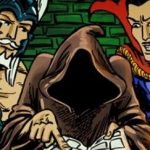
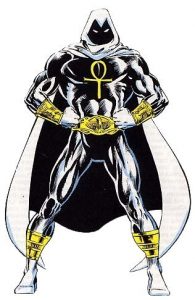



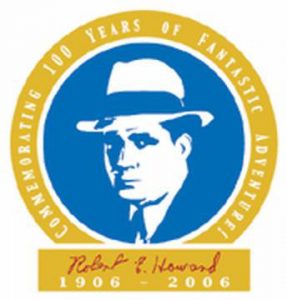
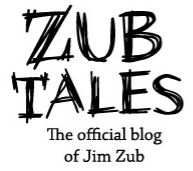

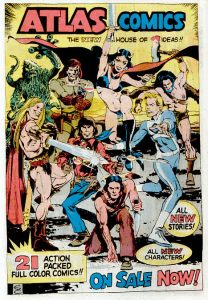

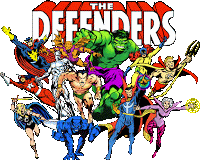
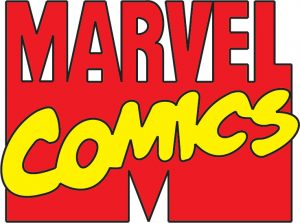

 Posted in
Posted in  Tags:
Tags: 